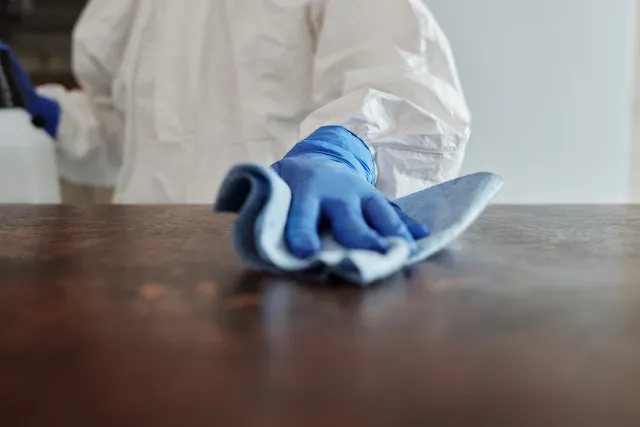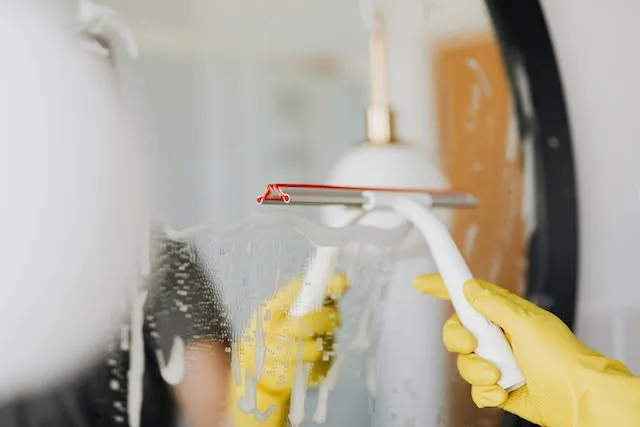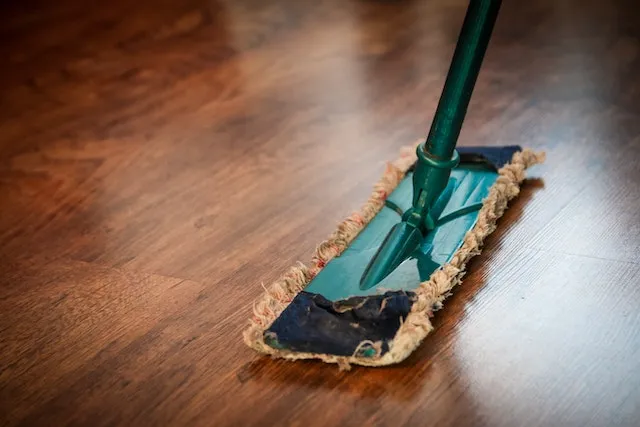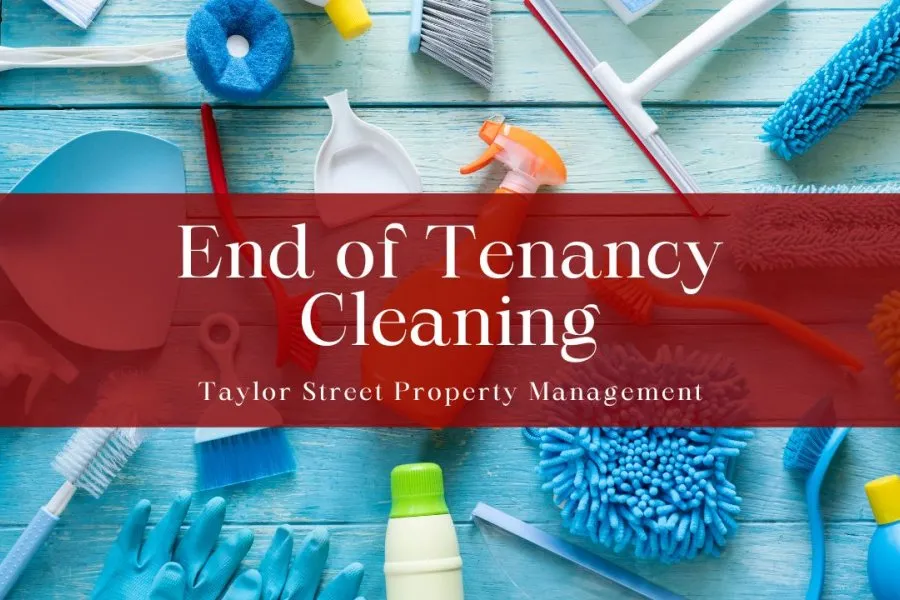When tenants move out of the rental property, it should be in the same condition as it was found before the beginning of the tenancy.
A dirty rental property can cause deposit disputes between a tenant and a landlord, which is why the property should be thoroughly cleaned before the end of the tenancy. This also helps to property be rent-ready for the new tenants.
What is the End of Tenancy Cleaning?
End-of-tenancy cleaning refers to cleaning the rental home before the tenant moves out. This is a general cleaning process where every corner of the property is thoroughly cleaned so that it’s as sanitary as it was when the tenant moved in. The end-of-tenancy cleaning should include cleaning of walls, floors, carpets, appliances, and furniture.
Why is the End of Tenancy Cleaning Important?
Ideally, tenants should return the rental unit to the landlord as it was when they first rented it out minus natural wear and tear. For instance, if tenants did some alterations to the physical condition of the property, like changing the paint color, they are expected to repaint it back to the original color before moving out.
Moreover, the property’s level of cleanliness is expected to remain as it was during the beginning of the tenancy. If the rental unit is not returned to its original state, landlords may be entitled to deduct from the security deposit to cover the cost of cleaning the property.

Usually, this can cause disputes between landlords and tenants. If it remains unresolved, this will be handled by the deposit adjudicators or small claims court.
What to Consider When Doing an End-of-Tenancy Cleaning?
The level of cleanliness may vary depending on what was agreed upon in the lease agreement. Ideally, the property should be as clean as it was before the start of the tenancy.
During the tenancy, it’s recommended that tenants should regularly clean the rental home to maintain its level of cleanliness. However, not all tenants can do this, which is why thorough end-of-tenancy cleaning is often required to avoid any issues.
To know or recall how the property looks when the tenant moves in, the landlord will usually provide tenants with an inventory report from the move-in inspection that includes the property’s condition at the beginning of the tenancy. Tenants can then use this checklist to determine what aspects of the property need to be cleaned and how clean they need to be.
What Should an End of Tenancy Clean Include?
Having an end-of-tenancy cleaning checklist can help landlords and tenants determine which parts of the property need special attention. Tenants can use this checklist to ensure that they cover everything and to avoid any potential issues that may arise after they move out. Landlords can use this checklist to guide them when checking the unit after the tenant moves out.

When cleaning a space, you want to ensure that you wipe, dust, vacuum, and polish everything. You also want to go through the house and address any stains in the carpet or furniture and marks on the floors and walls. Here is a sample checklist that landlords and tenants can use:
Windows, Doors, Ceilings, and Walls
Here are the things that should be checked and cleaned:
- Door surfaces and doorknobs, including the tops of doors and the doorframes
- Interior and exterior of the windows
- Window sills and frames
- All walls
- Light switches and electrical sockets
- Every corner of the ceilings
Fixtures, Furnishings, and Fittings
Make sure to wipe and dust off the:
- Tops of wardrobes, cabinets, shelves, and cupboards
- Mirrors, decorative accessories, and curtain rails
- Light fixtures, bulbs, and lamps
- Dining tables, sideboards, desks, coffee tables, and chairs
- Sofa cushions
Bathrooms and Kitchen
Polish every corner of the bathroom and kitchen, including the:
- Taps, basin, and fittings
- Toilet, sink, bathtubs, shower heads, and floor tiles
- Grout of the tiles and shower rails
- Extractor fans and hob
- Oven, coffee maker, microwave, toasters, kettle, dishwasher, and other kitchen appliances
- Countertops and backsplash
- Sink
- Cupboards and drawers
Floor and Carpets
- Remove the stains from the carpet using a stain-removing solution specifically made for carpets. You may also use a steam-cleaning machine to try to remove the carpet stains
- Vacuum, clean, and polish uncarpeted flooring

The Exterior of the Rental Property
The exterior of the property is as important as its interior, so tenants should make sure to:
- Dispose of the trash properly
- Keep garbage bins empty and clean
- Keep the lawn mowed and tidy
What is Normal Wear and Tear?
Normal wear or tear is the term used to describe the standard depreciation of the rental home’s physical value and condition, which is expected when the property is used habitually. Landlords are prohibited from making any deductions from the security deposit to cover any damage due to normal wear and tear.
What is Excessive Dirt?
Excessive dirt is the result of using the property without cleaning it regularly. Excessive dirt is not part of normal wear and tear. It’s the tenant’s legal responsibility to take care of the rental unit and keep it sanitary and clean.
Should Tenants Hire a Professional Cleaning Service?
Tenants have the option to clean the property themselves if they have the time and the right equipment. However, if the dirt build-up is excessive, it’s best to hire a professional cleaning service.
Can Landlords Charge Cleaning Fees?
Under the law, landlords are not allowed to charge a tenant for end-of-tenancy cleaning fees. However, landlords may be entitled to a portion of the security deposit if they can prove that the tenants failed to maintain the cleanliness and upkeep of the property.
Bottom Line
End-of-tenancy cleanings are vital to ensuring that your property stays in a habitable condition. It also helps prepare the space for a new tenant. If you need help with a task or any other aspect of property management, turn to the experts at Taylor Street Property Management.
We provide full-service property management solutions to property owners in and around Phoenix, Arizona. Contact us today to learn more!


